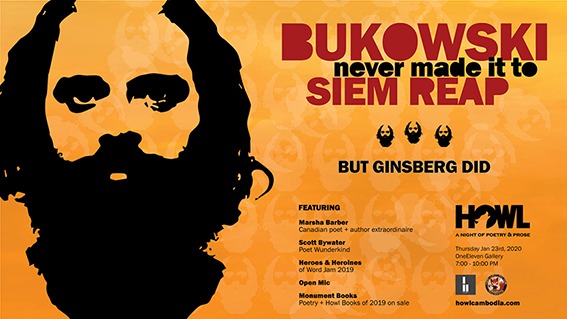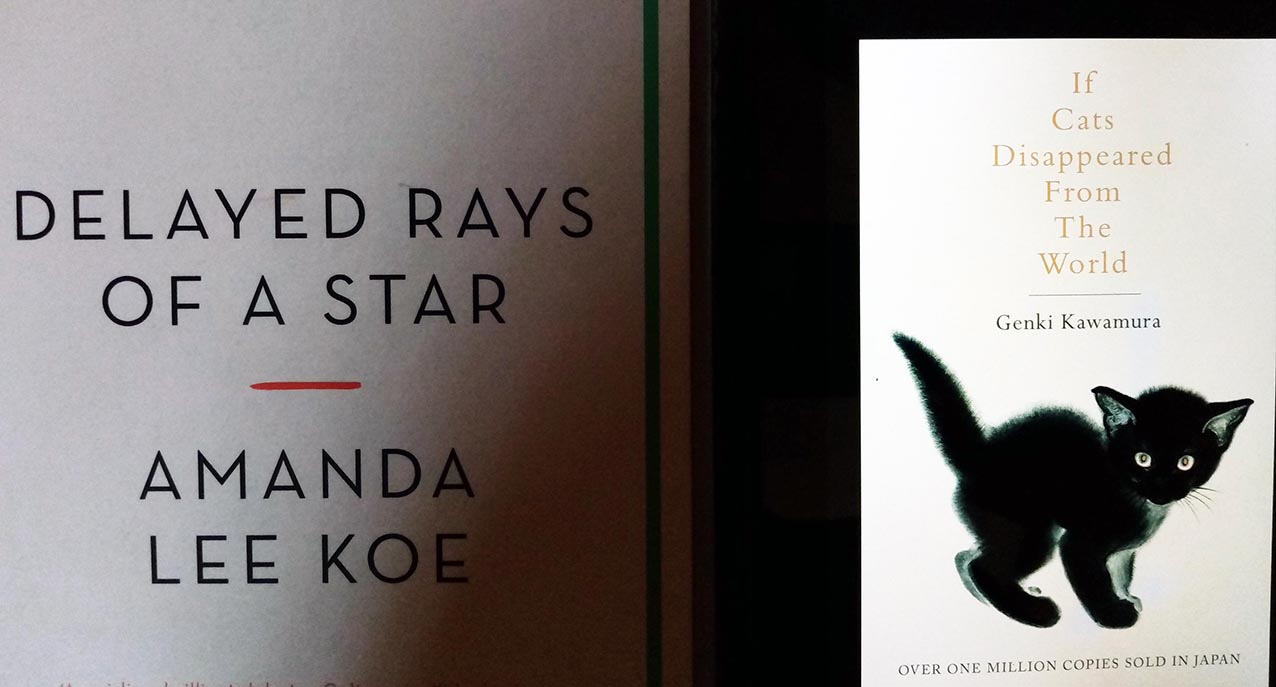A very special review from the author of the Cambodia wilderness epic, Called Away by a Mountain Spirit: Journeys to the Green Corridor, Greg McCann.
I can’t remember what exactly spurred my interest in curlews—pretty waders with mottled feathers and long, bending bills used for plucking worms, snails and other invertebrates from their oozy homes in grasslands, mudflats, and moorlands. Probably it was the singularity of their proboscis-like beaks that seem stuck onto their face like downturned rhinoceros horns, but it might also have been their name, curlew, which to my ear has the ring of some kind of old world beauty.
Although I have a great interest in birds and have had the exquisite privilege of seeing and hearing some of the rarest in the wild, such as the Helmeted Hornbill, Rhinoceros Hornbill and Sumatran Laughing thrush in Indonesia, and while I have camera-trapped several species new to Cambodia in Virachey National Park—such as the Black-hooded Laughing thrush, Silver Pheasant, and Bar-bellied Partridge—I still don’t think I can call myself a “birder.” True birders are hardcore: they carry binoculars, they know all the bird calls, and some of them even connect mini-speakers to their breast pockets and crank out bird songs from their iPods as they trek through the forest, tricking birds to fly in to inspect what turns out to be a human imposter holding a pen and paper, scribbling down or twitchingoff his list. I need to get my act together before I can identify as a real birder.
Travel writer and journalist Horatio Claire’s recent offering, Orison for a Curlew: In search of a bird on the edge of extinction, is a timely read. It was recommended by my friend Jonathan Slaght, another curlew fan and author of a forthcoming book on the Blakiston’s Fish Owl—Owls of the Eastern Ice— which is set in the Russian Far East. Slaght works for Wildlife Conservation Society and I attended his talk on tigers, leopards and owls in Minneapolis a few years back, and if he recommends a bird book, I order it. This is how I came to my copy of Claire’s spirited 96-page volume about a bird, the Slender-billed Curlew, which could well be extinct.
The Slender-billed Curlew has not been confirmed in the wild since 1999, despite major efforts by devoted birders and organized teams who set out in search of it in recent years. So instead of setting off on a wild goose chase, Claire elects to hunt down and interview people who saw the bird decades ago. This takes him on journeys to the Greek coast, the shores of a Bulgarian lake, and the hinterlands of Romania. He chats with a fascinating array of characters, from park rangers, to wizened hermits, to environmental activists who tell him about lost relics that are like “extraordinary flashes of another planet.” The Slender-billed Curlew is a symbol of past abundance, when the world was still ecologically more or less whole, when species that are now rare or extinct were represented in numbers appropriate for a healthy planetary ecosystem.
But mankind cannot leave well enough alone; we are tinkerers and up-enders and we drastically alter and destroy ecosystems in our quest for development and better lives. Wetlands are drained, rivers diverted, pesticides sprayed, oil spilled, mist nets set on beaches, rifles aimed at the sky. Has the slender-billed curlew managed to run this gauntlet along its migratory route from Siberia, through Europe, and into Africa and survive in secret into the present? Could it be, as one energetic Bulgarian bachelor hypothesizes, nesting in an unknown site in vast Siberia and making its main flyway stopover in forbidden Iran, making its existence almost impossible to confirm? It is tempting to imagine.
Claire offers some hope, observing that, “The journey I undertook shows, again and again, that passionate efforts by very small numbers of committed people can have a tremendous effect on the planet and its inhabitants, whatever the species.” Brief but beautifully told, this book is likely to draw those who read it into birding, and environmental conservation in general. It will probably even rekindle a feeling of wanderlust in those kept in the dreary lockdowns of our current time.
In 1954 Fred Bosworth wrote in his classic Last of the Curlews: “first there were many, then there were two, then there was one, and now there are none.” Bodsworth’s book was about the last two Eskimo Curlews, a small species that nested in the Arctic, now gone, annihilated largely by American hunters. Has the same sad fate befallen the Slender-billed Curlew? It seems we may never know for sure, and perhaps that’s not a bad thing. As someone who has spent a bit of time in the jungles of Cambodia and Sumatra looking for rare and possibly vanished species, I can relate to Claire’s insight: “Perhaps it will live on for many years in unconfirmed sightings. I hope so. Too much certainty is a miserable thing, while the unknowable has a pristine beauty and wonder with no end.”
And whether it was Orison for a Curlew, or the combined of all the other bird books I’ve recently read, I will be ordering my first set of binoculars this weekend as I delve into my new passion—birding—and it’s something that can even be done from the window of one’s home during the time of Covid-19.
Orison for a Curlew: In search of a bird on the edge of extinction









